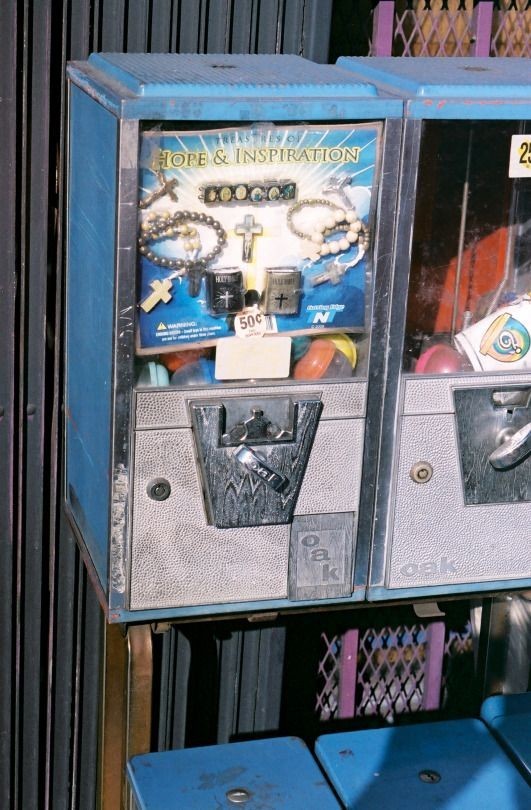#mexicano
Text
1K notes
·
View notes
Text


I'm just coasting.
#chicano#man#papi#mexican#latinx#latino#mexicano#mexican men#mexican man#latin#latin man#latin men#latino men#latino man#chicanx#xicanx#xicano#hispanic man#hispanic men#hispanic#gangsta#gangster#cholo#california
305 notes
·
View notes
Text






Okay hear me out, 2000's First Gen Catholic Aesthetic, or is that just getting too specific?
I can't be the only one who experienced this.
#catholicism#catholic#catholics#catholic aesthetic#early 2000s#2000s catholic#first generation#first gen#latino#latinx#latina#mexicano#2000s Latino#obscure#aesthetic#christian#catolicos#catolicismo#catolica#virgin mary#blessed mother
4K notes
·
View notes
Text








💜📖✍🏼💙
𝐋𝐨𝐬 𝐫𝐨𝐭𝐨𝐬
𝐀𝐮𝐭𝐨𝐫: 𝐅𝐞𝐫𝐧𝐚𝐧𝐝𝐨 𝐒𝐚𝐧𝐭𝐢𝐚𝐠𝐨 𝐒𝐚𝐧𝐭𝐢𝐚𝐠𝐨
#amor#poemas#textos#texto de amor#mexicano#poesía#frases#letras#prosa poética#escritores#escritos#escritura#cosas que escribo#poemario#poetas#poemas de amor#escritos rotos
336 notes
·
View notes
Text

54 notes
·
View notes
Photo

A Mexican mariachi player of Japanese descent. Guadalajara, Mexico.
“Before WWII, the highest concentrations of Japanese and Japanese descent were in Baja California, followed by Mexico City and Sonora. Most worked in fishing and agriculture followed by non-professional workers, commerce, professionals and technicians. Up until the war, the treatment of Japanese in the country and their descendants had been favorable, very different than the treatment of Chinese in the country, which suffered discrimination and even expulsion in the early 20th century. The Japanese were relatively free from discrimination in Mexico, unlike the United States, Brazil and other countries in the Americas. One reason for this is that the Japanese population was not as prominent as the Chinese one in numbers and the work that they did, which included the construction of factories, bridges and other infrastructure was viewed favorably.
Japanese immigration halted by World War II to near zero, and those who were in the country were faced with restrictions and relocation after Mexico broke diplomatic ties with Japan in 1941. Japanese national and even those with naturalized Mexican citizenship were forced to move from areas along the Pacific coast such as Baja California, Sinaloa and Chiapas inland, with some forced into exile to Japan. The goal was to keep the Japanese in Mexico away from ports and from Mexico’s border with the United States so that they could not be used as a “fifth column” by the Japanese government.
Japanese nationals were forced to move to interior cities such as Puebla, Guadalajara and Cuernavaca. Most went to Mexico City and Guadalajara but there were concentration camps in Guanajuato and Querétaro. It is estimated that about 1,100 people moved to Mexico City and Guadalajara alone. The Japanese community worked to buy properties to house the displaced including the former Temixco Hacienda near Cuernavaca which allowed the Japanese there to grow crops and live semi-independently. The fear of Japanese-Mexicans faded during the war, with some allowed to go back home before 1945 and the rest after.
This treatment of the Japanese is not in most accounts of Mexican history and is not taught in schools.”
#mexico#mexicans#latinx#asian latinxs#asian latinos#mexican#guadalajara#mariachi#mexicano#asian latinx#mexicanos
248 notes
·
View notes
Text


Oaxaca, 2022 🇲🇽
#mexico#mexicano#charro#oaxaca#oaxaqueño#oaxaqueando#latinoamerica#latin america#latino tag#chicano#photography
649 notes
·
View notes
Text

Axel Martinez | ig:@ Axelmguerra
#axelmguerra#axel martinez#muscle god#young muscle#alpha#muscle alpha#big muscle#muscle men#muscles#alpha muscle#muscle#massive delts#delts#huge delts#huge muscle#huge pecs#mexican muscle#mexican men#mexicano#master#muscle flex#gym#gym rat#aesthetic
26 notes
·
View notes
Text

instagram.com/toniobanner
#bodybuilder#gear#flex#pose#double biceps#xicos#double biceps pose#sobaco#gym#mexicano#fisicoculturista
66 notes
·
View notes
Text

Este estudiante universitario recibió el premio James Dyson por la creación de un invento que podría revolucionar una industria completa.
Te contamos más sobre él y su invento:
22 notes
·
View notes
Text



Had the flu and today I finally drew something xd enjoy these old ocs.
#dramokin#dramokinart#digital art#oc#illustration#art#ocs#original character#sketch#jose cuervo#rosa#eugelio#animas#mexican#mexicano#mexico#charro#pachuco#adelita
49 notes
·
View notes
Text

Don't look at me like that, papi.
#chicano#man#papi#mexican#latinx#latino#mexicano#mexican men#mexican man#latin#latin man#latin men#latino men#latino man#chicanx#xicanx#xicano#hispanic man#hispanic men#hispanic#gangsta#gangster#cholo
270 notes
·
View notes
Text

Edgardo Nuñez
#vaquero#chamarra de borrego#papi#sheepskin#mexicano#mexicano orgulloso#vaquero mexicano#borrego#corridos
15 notes
·
View notes
Text

💋💋
#fat babe#amor#brujas#chubby#fat positive#fatbabe#fat girls#plus size#sexy fat#fat#curvy latin girl#curvy latina#latin beauties#latin girls#latina#mexicana#mexican#mexicano#mexico#curvy women#curvy chicks#curvy girls#curvy#thicc and curvy#curvy hips#curvy body#curvy and cute#estoy gorda#gordibuena#gordinha
38 notes
·
View notes

